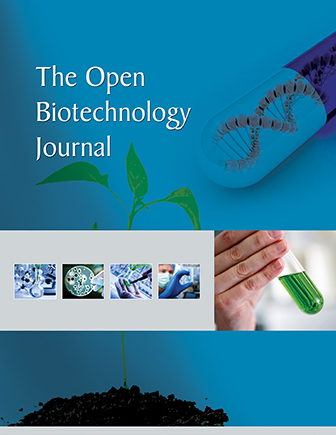All published articles of this journal are available on ScienceDirect.
Measurement of the Bio-Mechanical Properties of Two Different Feeder Layer Cells
Abstract
Introduction:
We here present our findings on 2 types of feeder layers, one composed of mouse embryonic fibroblasts (MEF) and the second one of mouse skeletal myoblasts (C2Cl2) feeder cells.
Methods:
The 2 feeder layers present a dramatic variance of intrinsic stiffness (142.68 ± 17.21 KPa and 45.78 ± 9.81 KPa, respectively).
Results and Conclusion:
This information could be used for a better understanding of cells and cell microenvironment mechano-physical characteristics that are influencing stem cell commitment, in order to develop a suitable engineered tissue for cardiac and skeletal muscle repair and a bio-actuator.


